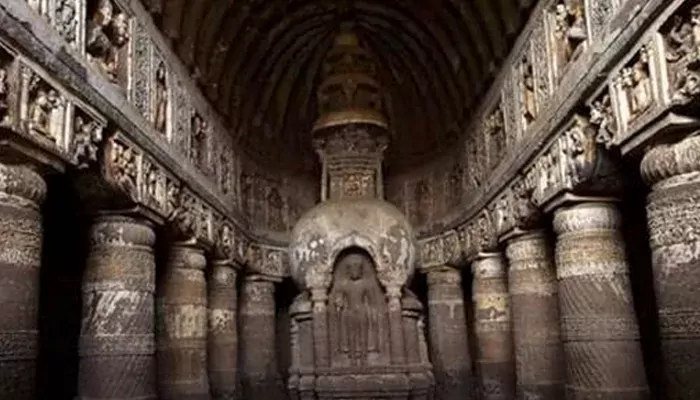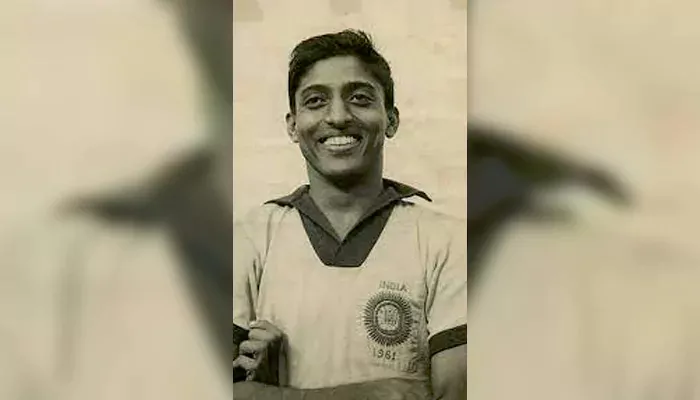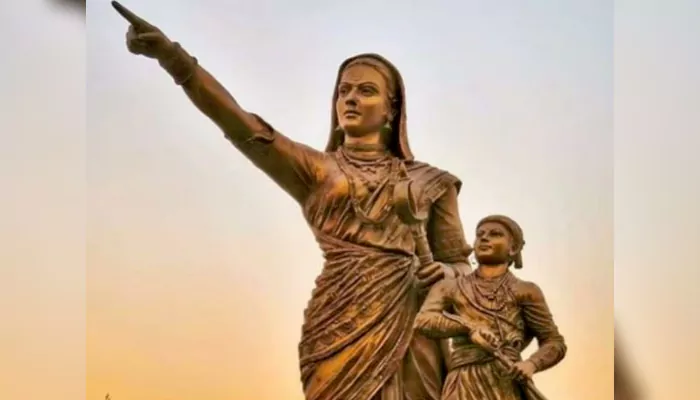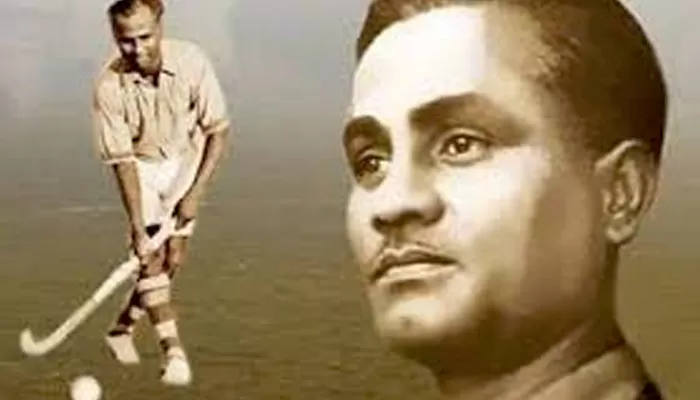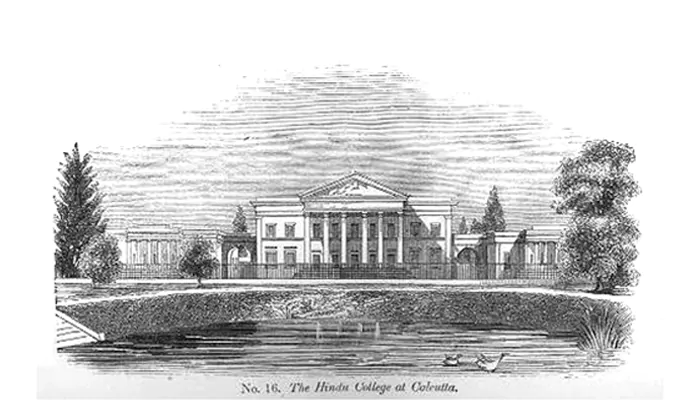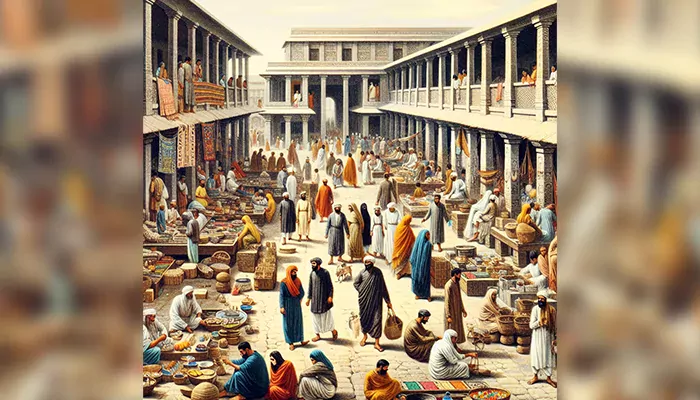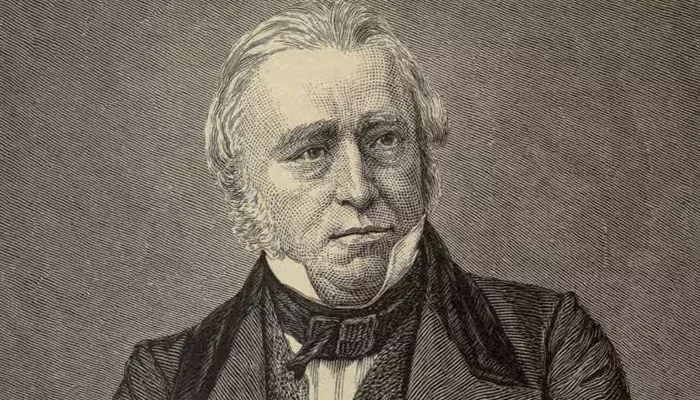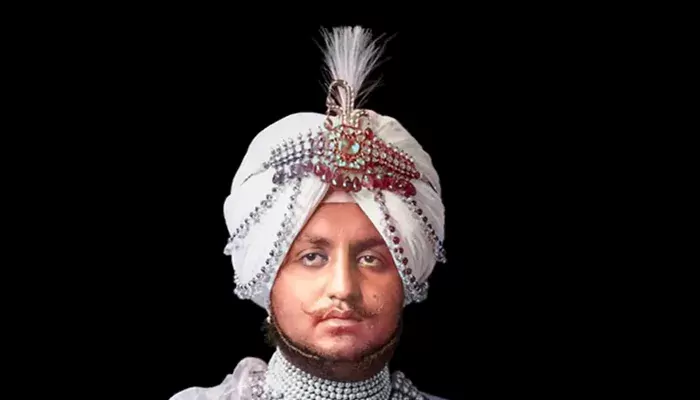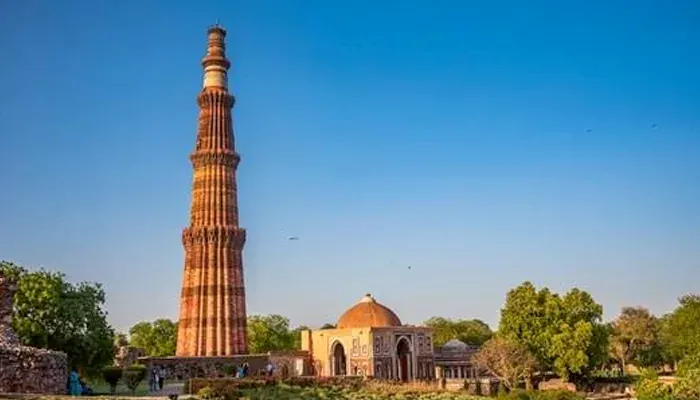India On Wheels: Once Upon a Tram – How India Became Asia’s First Tram Hub
- Rohit Chatterjee
- 4 months ago
- 3 minutes read
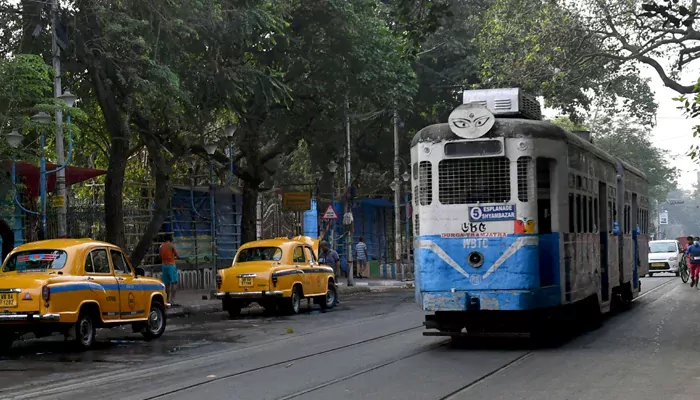
Over 150 years ago, it all started with horse-drawn trams in Kolkata (then Calcutta).
India gained its freedom from the British Raj in 1947, and over the 79 years that followed, the country’s history has been well-documented, whether in the pre-independence or post-independence era. When we mention history, in the minds of people, it mostly refers to historical events related to politics, literature, film, food, and so on.
However, the history of automobiles rarely crosses the minds of common citizens, because for most, cars, motorcycles, buses, trains, and so on are just modes of transportation. People forget that they, too, have a history.
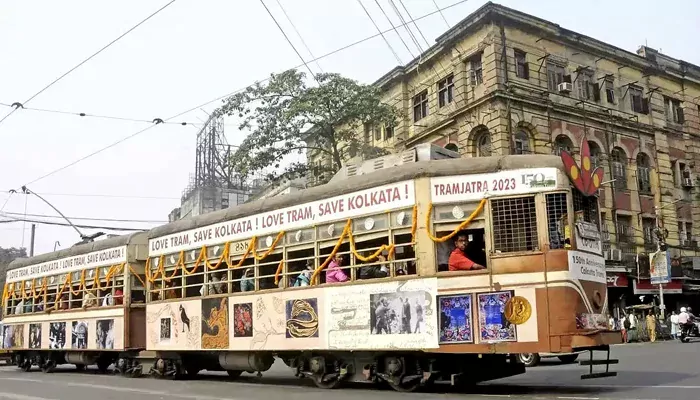
(Credit – Outlook)
Today, India has no dearth of modern cars and motorcycles, and in terms of public transport, we have everything, ranging from Boeing aircraft to cruise ships and superfast express trains. Unfortunately, a historic mode of transport has nearly ceased to exist, except for a few that still run in Kolkata, once the country’s capital city under the British Raj—trams.
Over 150 years
Trams are a historic part of India’s transportation history. After all, India was the first country in Asia to introduce tram services, thanks to our British colonisers. It all started in February 1873 when horse-drawn trams ran on a 3.9 km track between Sealdah and Armenian Ghat in Calcutta. Since Calcutta was the British Raj’s capital and a strategic country in Asia, the colonisers felt the need for better transportation.

(Credit- ABP)
Evolution
Between 1873 and 1902, trams went through several phases of evolution. As technology evolved, trams that initially used horses were electrified. Calcutta, during the mentioned period, boasted 166 tram cars, 1,000 horses, and seven steam locomotives, as reported by Business History. In 1902, the first electrified tram in Asia began operating on the streets of Calcutta, running from Esplanade to Kidderpore. In fact, the tram was the first vehicle to cross the iconic Howrah Bridge, one of the earliest cantilever bridges built in India and Asia.
India’s other cities with trams
India’s tram history wasn’t limited to Calcutta only. Tram services were available in Mumbai (then Bombay), Delhi, Madras (now Chennai), Nashik, Kanpur, Cochin, Patna, and Bhavnagar. Some of these cities witnessed horse-drawn trams, whereas a lucky few enjoyed electrified trams. In the early 1900s, India emerged as a hub for trams in Asia.

(Credit- Mid-Day)
Downfall
Kanpur was the first city to stop tram services, followed by other cities. Kolkata, too, witnessed a dip in the usage of tram services due to the increase in the number of cars, buses, motorcycles, autos, and suburban train networks. However, the government also realised that tram service is a key part of India’s history, and therefore, trams continue to run in Kolkata on a few routes.
The way forward
With rising petrol prices and pollution, various groups in Kolkata are working to revive the old tram routes that were previously closed. Despite celebrating the 150th anniversary of trams in India and Asia, Kolkata’s tram services are in shambles, with less than 40 trams being operated on a daily basis.
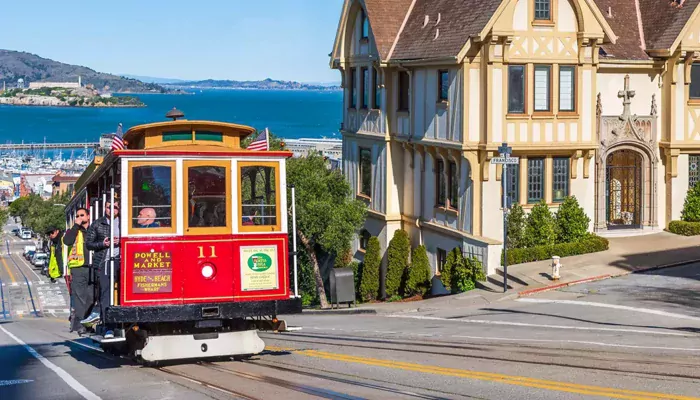
Compared to India, several European countries utilise tram services as a mainstream transportation system in their urban regions. Fortunately, a few groups are actively working in Kolkata to restore tram services to their original glory, with the hope of keeping the history of trams alive in India’s automobile chapter, both before and after independence.

